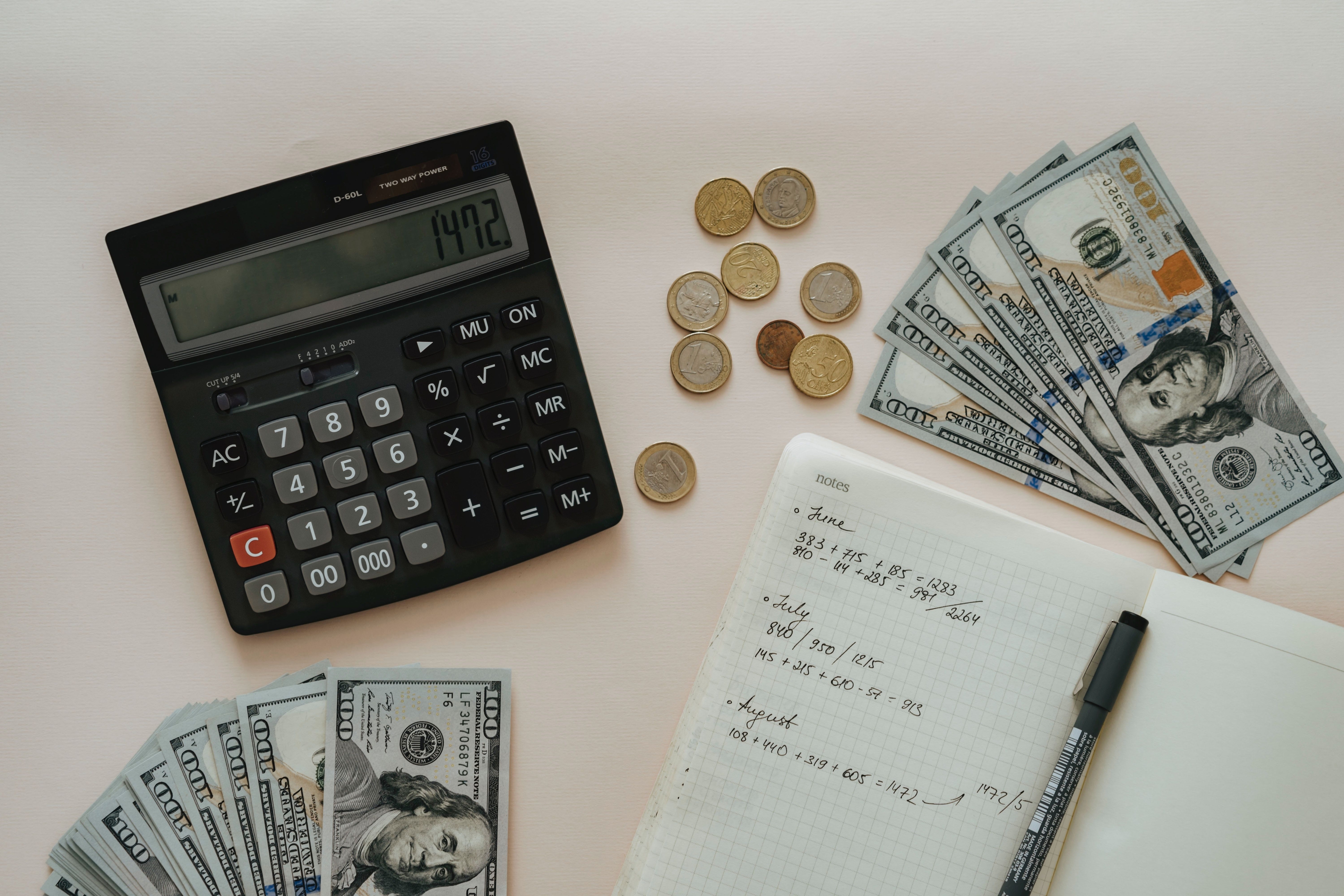
5 Best Budgeting Methods
When I started as a financial advisor on Wall Street, I often found it hard to get people to stick to their budgets. It took me a few years to realize that not everyone is built the same, and people typically need a style of budgeting that matches their personality or attention span. Other professionals will tell you that you just need to account for every penny (#4 below), no matter how hard it is. We’ve compiled a list of 5 common budgeting techniques that will want to know.
1. 50 / 30 / 20
The 50/30/20 rule is a simple budgeting technique that can assist you in managing your money in an efficient, straightforward, and sustainable manner. The general rule of thumb is to allocate 50% of your monthly after-tax income for needs, 30% for wants, and 20% for savings or debt repayment.
2. Money envelopes
The envelope budgeting method entails allocating specific envelopes to certain spending categories. Each one is given a specific sum of money, which is subsequently applied to the costs associated with that category.
3. Zero-based budge
With zero-based budgeting, you allocate 100% of your income to costs, savings, and debt repayment. By the end of the month, you want your income less your expenses to equal zero. Every month, you can use the same spending categories and amounts, or you can vary them.
Proper expense planning is crucial. If you overspend in one category, you’ll need to compensate by cutting expenditure in another. A major expense that’s not accounted for can disrupt your budget. Zero-based budgeting is more detailed and time-consuming, but it reduces the margin for error. It’s recommended for experienced budgeters, and keeping a buffer fund in your checking account is always wise. Additionally, having an emergency fund to cover unforeseen costs is a good idea.
4. Pay-yourself-first budget (+ NUDGE MONEY)
This is an excellent strategy for people that don’t exactly enjoy the mundane task of sitting down to see where all of your pennies went each month. With this strategy, simply identify how much you need to save each month, then do that FIRST before spending anything else. That way, you know that everything else left in the bank is fair game to spend on fixed and discretionary expenses.
5. Not budgeting / No Method
Most people just don’t budget. They decide whether they can afford something or not by simply looking at their checking account and trying to figure out if the purchase makes financial sense. While this is common, it is NOT effective. The whole point about budgeting is about being effective with your money, and putting your dollars in the right places. You might consider going back to number 4.
Happy planning!